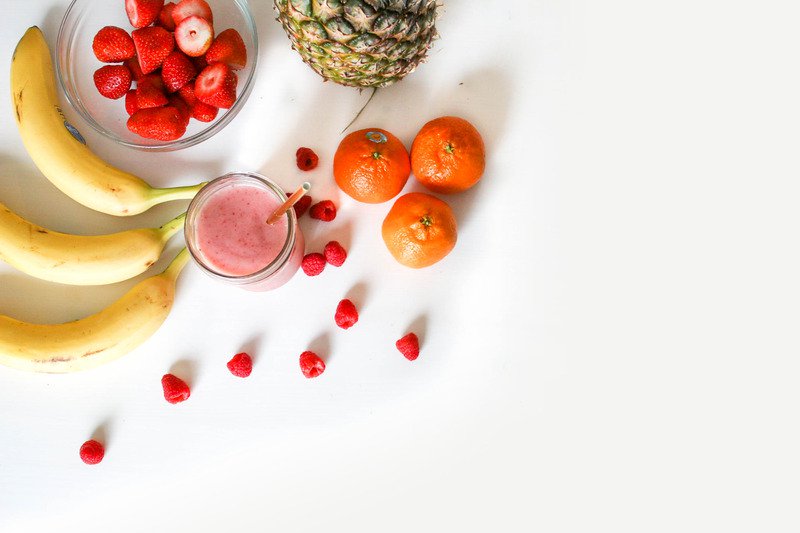Guest post sites in Dubai? Say No more!
Are you currently writing guest posts and are completely confused as to where to begin from and what to do! I see this problem all too often when I’m consulting bloggers. Not many people realize the importance and significance of using guest posts as a lead generation strategy because some don’t see the benefits and those who do, don’t know where to begin, what to do. In this post, we will talk about everything related to writing Guest Posts. Also, I will share a list of guest post sites in Dubai.
Often bloggers prefer to put more efforts into publishing blogs on their own sites rather than working for a blog for another website. If this sounds like you, you’re missing out on a huge opportunity here!
If you’re not convinced that guest blogging will benefit your business, this is the perfect guide for you. Those of you who want to begin guest blogging but don’t know how to start or turn these posts into site traffic, you’re in luck as well.
As a guest blogger myself, I’ll tell you everything you need to know about the topic so you can increase traffic to your website and also understand how this works. I have also made a list of all the popular websites that accept guest posts in Dubai. So, let’s dive in.
Why write Guests Posts?
Guest posting is one of the most popular link building technique used by many SEO professionals around the world. Unlike other SEO techniques such as directory submission, forum link submission, profile link creation, classified link submission, blog commenting and web 2.0 sites creation. Guest Posting is only a highly powerful link building technique that will quickly increase your SERP Rankings and Domain Authority.
How to find guest posts opportunity?
Now you’ve considered why and where you’d like to submit your guest blog post- you need to find where there are opportunities to do so:
Here are a couple of ways to get the ball rolling:
Google searches – Google is the best place to start with this. This simple keyword exercise will help you get the ball rolling. All you need to do is replace the keyword below with a keyword within your industry and let the search begin!
keyword +
- “submit a guest post”
- “guest post”
- “guest post by”
- “accepting guest posts”
- “guest post guidelines
How to write and submit a guest post?
Here are some things to keep in mind when writing and submitting a guest blog or post:
Don’t make it too self-promotional!
Editors will disregard pitches they consider to be self-promotional. And they can see it coming a mile off. Guest articles should stand up as valuable sources of information for a website’s readership, not an advertisement for your business. Occasional mentions, stories and examples are OK but do not go overboard. Don’t blow your own trumpet and try to keep any info regarding yourself in the writer’s bio.
Include internal and source links.
It’s also worth including some internal links to other articles in the publication. This shows you’ve done your research and have written content that their audience will be interested in.
Format in a similar way.
Does the site use…
-Headers
-Bolded text
-A lot of images
-Quotes
-Any other special formatting
Make sure you stick to the style guide and get a feel for their writing style. The guest posting guidelines should provide all the information you need to know about this.
Including subsections to organize your article.
Formatting in a style similar to the website you’re writing for is important. However, so is including subsections and subheadings throughout your content. It’s fair to take it as read that the publication you’re pitching to will prefer it this way too. This will not only benefit you when organizing and collaborating all your themes and ideas, but it will also make your articles easier for readers to use, increasing the likelihood of them staying on the page.
Looking for best guest post sites in Dubai? Check out my handpicked list.
- Emirates Diary- http://emiratesdiary.com/submit-guest-post
- Expat Info Desk- https://www.expatinfodesk.com/write-for-us/
- Customer Service- http://www.customerservice.ae/write-for-us
- Dubai Travel Blog- http://dubaitravelblog.com/contribute/
- UAE Central- https://www.uaecentral.com/write-for-us/
- Emirates Infohub- https://www.emiratesinfohub.com/write-for-us/
- Scoop Empire- https://scoopempire.com/write/
- EdArabia- https://www.edarabia.com/how-to-write-guest-posts-for-edarabia/
- Dubai OFW- https://dubaiofw.com/contribute/
- DoInDubai- https://doindubai.com/a-set-of-guidelines-for-a-guest-post
- UAE Wikipedia- http://uaewikipedia.com/write-for-us/
- Dubai Travel Adventure- https://dubaitraveladventure.com/write-for-us/
- Web Solution Winner- https://www.websolutionwinner.com/write-for-us.html
Want to know more or have any queries regarding guest post sites in Dubai? Drop me a comment/email.
By the way, Do you know you can travel for free?! You can read more about such crazy tips and tricks here.
